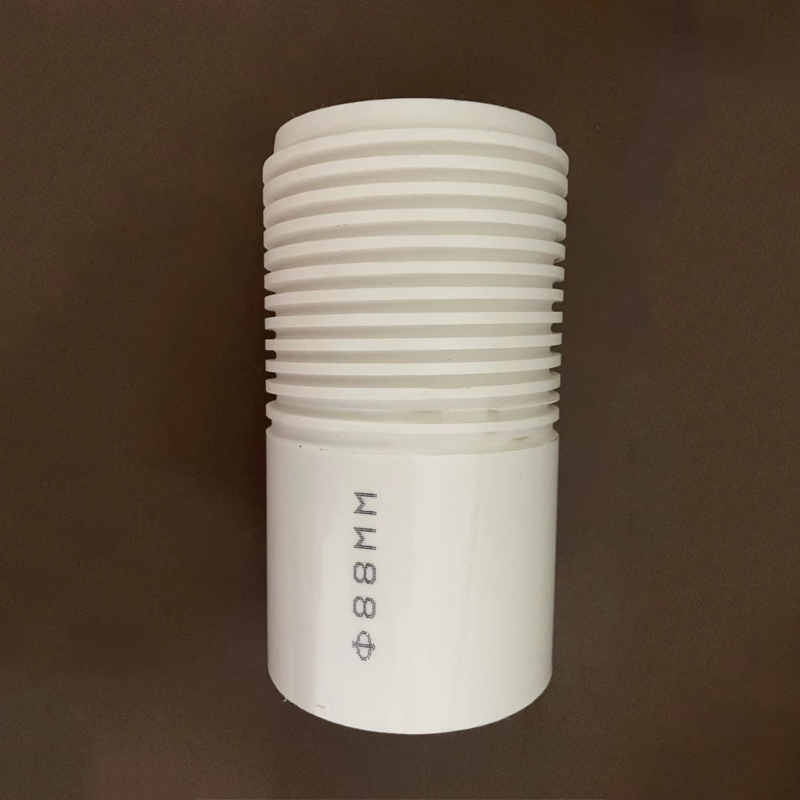Dec . 12, 2024 21:52 Back to list
water pipe ppr product
Understanding Water Pipe PPR Products A Comprehensive Overview
In the modern world, plumbing systems are vital for ensuring that clean water is delivered efficiently and effectively to households and industries. Among the popular materials used in plumbing, Polypropylene Random Copolymer (PPR) pipes have gained significant traction due to their durability, chemical resistance, and ease of installation. This article explores the properties, benefits, applications, and installation practices associated with PPR water pipe products.
What are PPR Pipes?
PPR pipes are made from a type of thermoplastic polymer known as polypropylene. The random copolymer structure gives PPR its unique set of properties, making it a suitable choice for a wide range of applications, particularly in water supply and drainage systems. PPR pipes are known for their high resistance to temperature changes and pressure, making them ideal for both hot and cold water applications.
Benefits of PPR Water Pipe Products
1. Durability One of the most significant advantages of PPR pipes is their durability. They are resistant to corrosion, scaling, and different types of chemical reactions, which extends their lifespan significantly compared to traditional materials like metal pipes that can rust or corrode over time.
2. Temperature Resistance PPR pipes can withstand temperatures ranging from -20°C to 95°C, making them suitable for both residential and industrial applications. This thermal resistance allows for the safe transport of hot water without compromising the integrity of the pipe.
3. Lightweight and Easy to Handle PPR pipes are lighter than metal pipes, which simplifies handling and installation. This characteristic not only reduces labor costs but also makes transportation more economical.
4. Minimal Water Leakage PPR pipe systems are primarily installed using heat fusion techniques, which create a seamless and leak-free connection between pipes and fittings. This capability reduces the risk of water loss and increases system efficiency.
5. Eco-friendly PPR is 100% recyclable, contributing to more sustainable construction practices. Its production process also employs fewer toxic chemicals compared to other piping options.
Applications of PPR Pipes
water pipe ppr product

PPR pipes are utilized in various applications, including
- Residential Water Supply Ideal for domestic plumbing systems for delivering hot and cold water. - Heating Systems Commonly used in underfloor heating and radiator piping due to their temperature resistance. - Industrial Uses Suitable for transporting chemicals and potable water in industrial settings due to their corrosion resistance. - Agricultural Systems Used for irrigation systems that require durable and long-lasting piping solutions.
Installation Practices for PPR Pipes
The installation of PPR piping involves several critical steps
1. Preparation Ensure that all surfaces are clean and free from dust and debris. Measure and cut the pipes to the desired lengths, employing a pipe cutter to achieve precise cuts.
2. Joining Methods PPR pipes are typically joined using a heat fusion technique, where the ends of the pipes are heated to a specific temperature and then pressed together. This process creates a strong and permanent bond.
3. Fittings Various fittings such as elbows, tees, and reducers are available to connect PPR pipes. Ensure the fittings are compatible and correctly fused to maintain system integrity.
4. Testing After installation, conduct a pressure test to detect any leaks and confirm that the system is functioning correctly.
Conclusion
PPR water pipe products represent a significant advancement in plumbing technology, providing a reliable, durable, and eco-friendly solution for water distribution systems. Their benefits extend beyond traditional piping materials, offering long-term cost savings and efficiency. As the demand for high-quality plumbing solutions continues to rise, PPR pipes will undoubtedly play an essential role in modern construction and infrastructure development. As consumers and builders alike recognize the unique assets of PPR, its application will only continue to expand, ensuring a bright future for this innovative material in the world of plumbing.
-
High-Quality PVC Borehole Pipes Durable & Versatile Pipe Solutions
NewsJul.08,2025
-
High-Quality PVC Perforated Pipes for Efficient Drainage Leading Manufacturers & Factories
NewsJul.08,2025
-
High-Quality PVC Borehole Pipes Durable Pipe Solutions by Leading Manufacturer
NewsJul.08,2025
-
High-Quality PVC Borehole Pipes Reliable PVC Pipe Manufacturer Solutions
NewsJul.07,2025
-
High-Quality UPVC Drain Pipes Durable HDPE & Drain Pipe Solutions
NewsJul.07,2025
-
High-Quality Conduit Pipes & HDPE Conduit Fittings Manufacturer Reliable Factory Supply
NewsJul.06,2025

